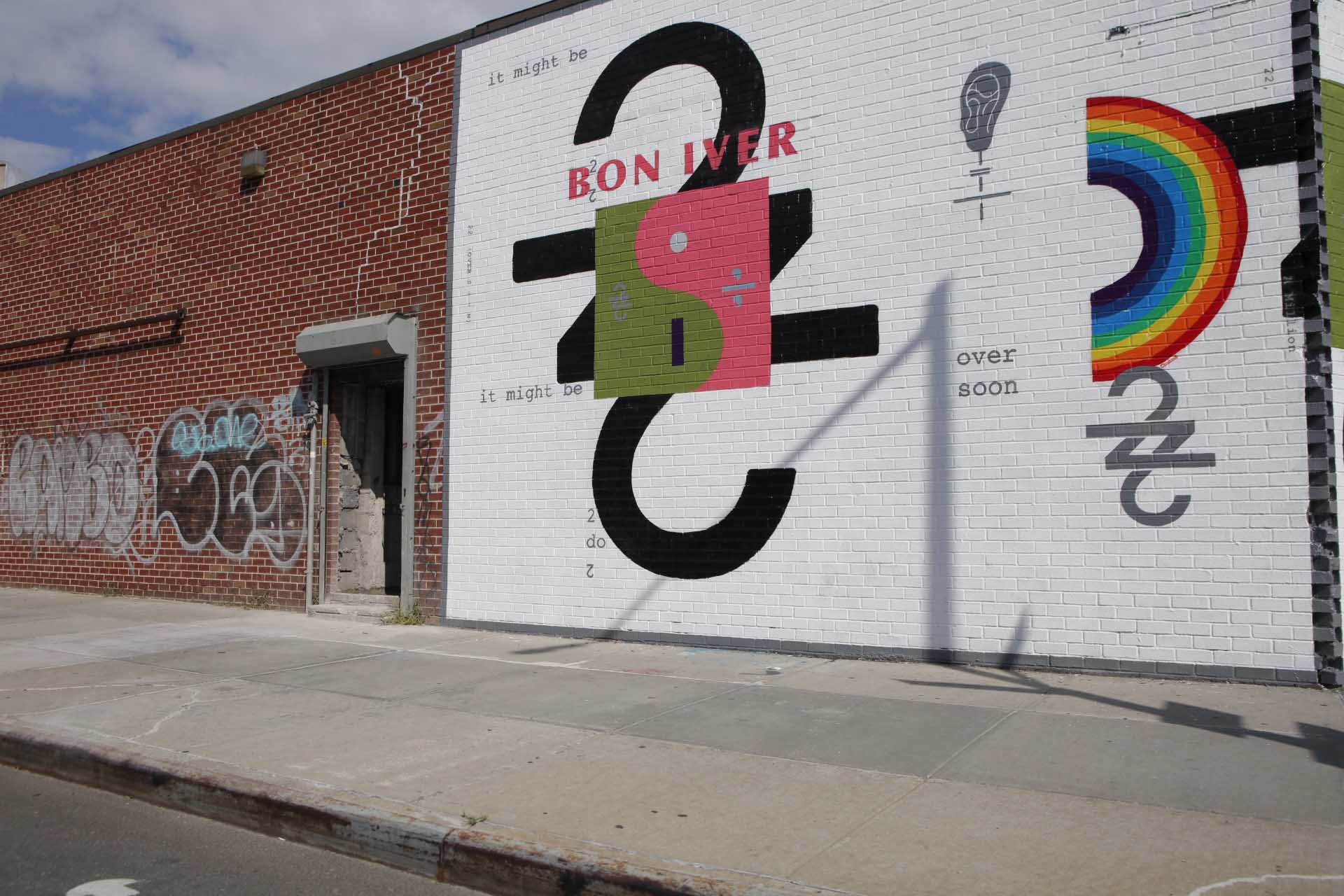
Threefold loves Sundays at Greenpoint, Brooklyn
A day in the life of Greenpoint >>

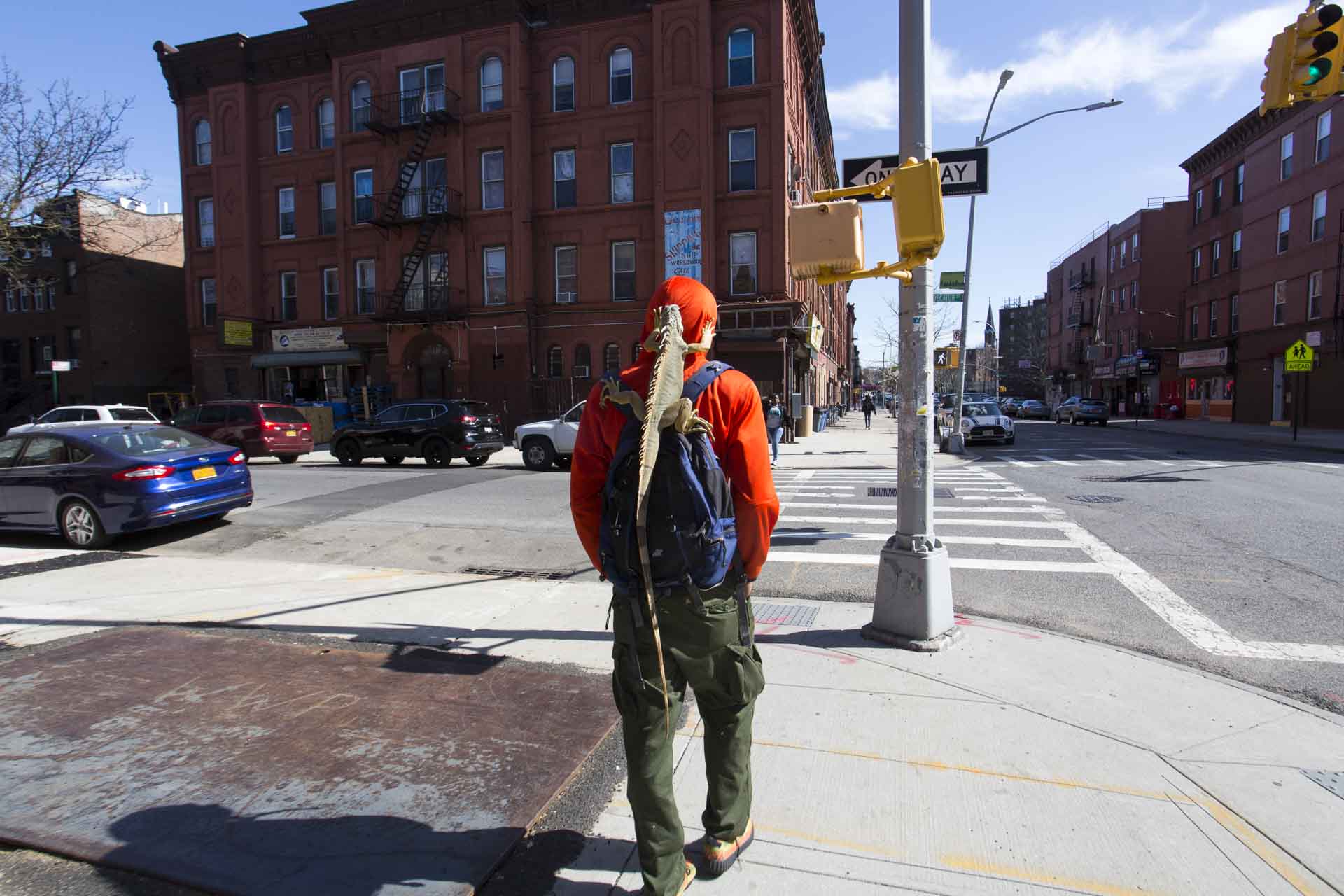
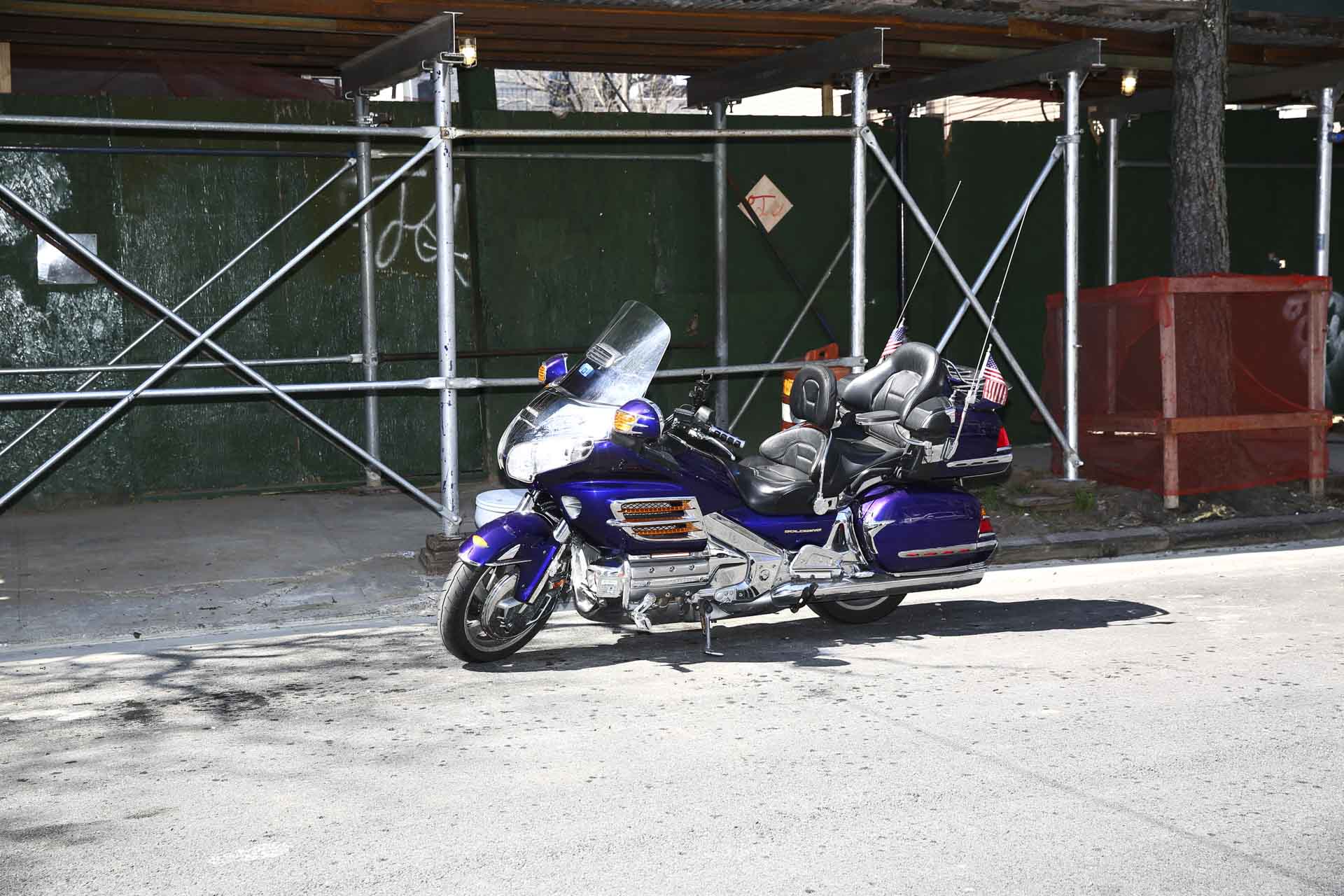
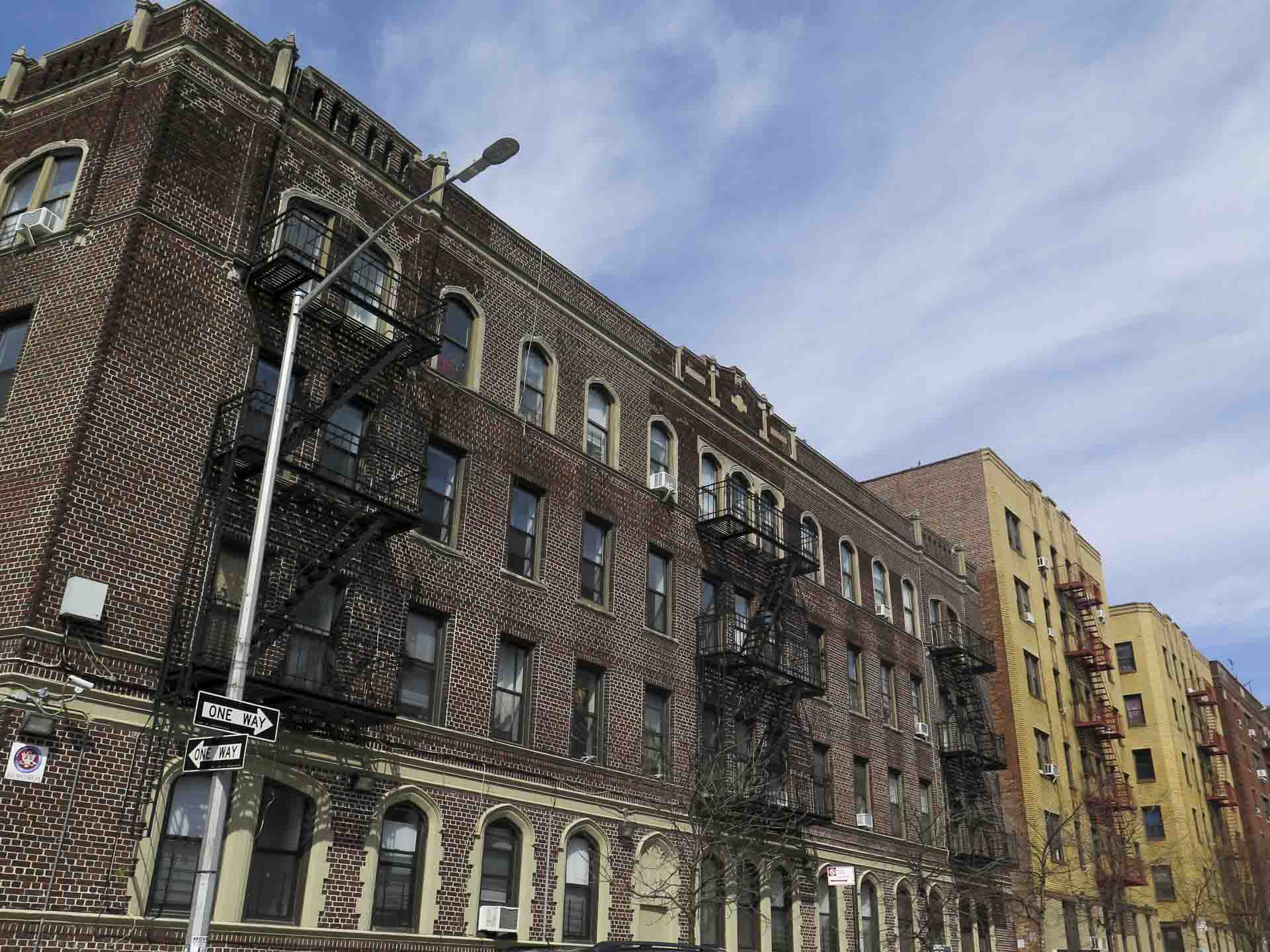
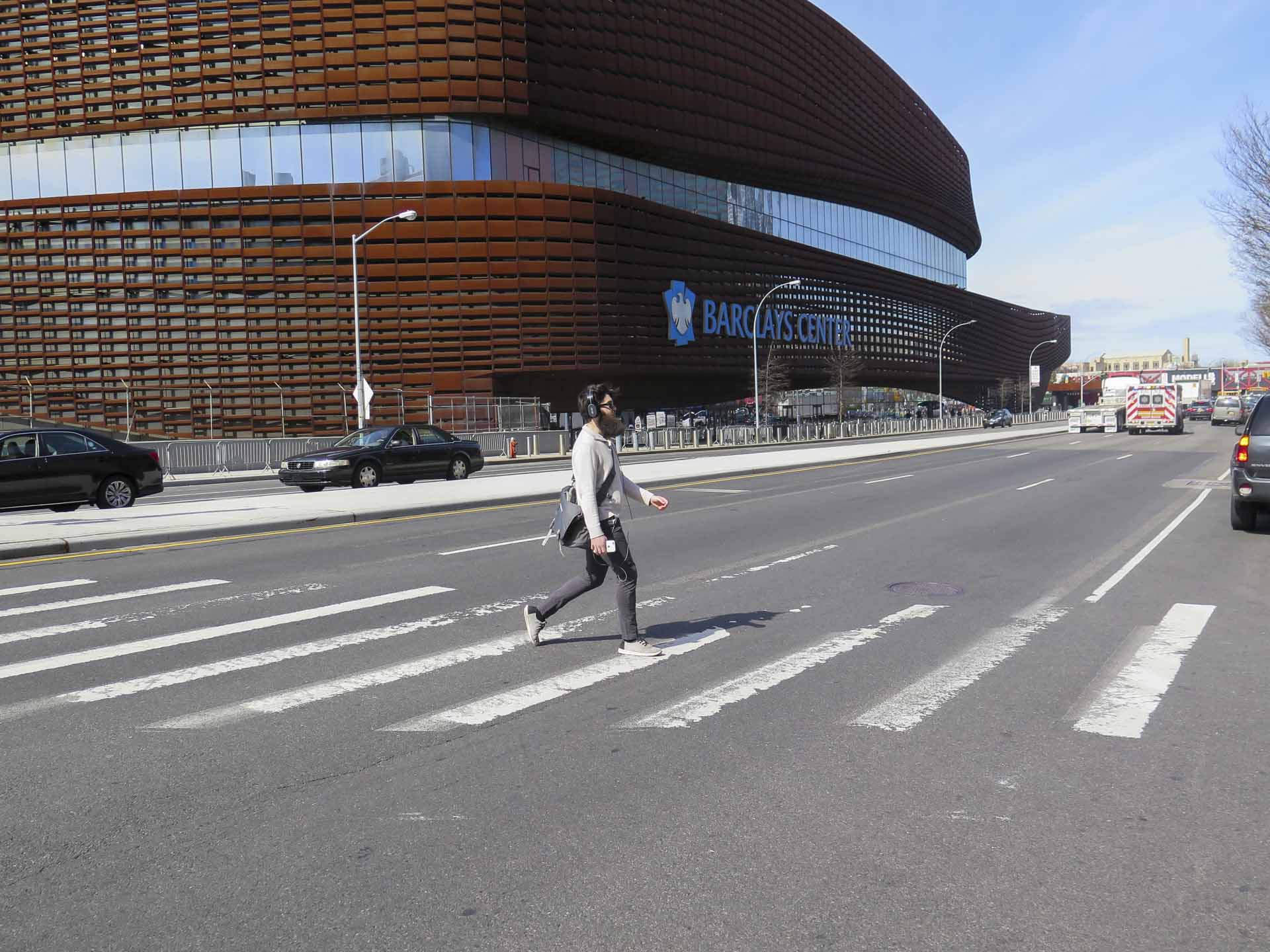

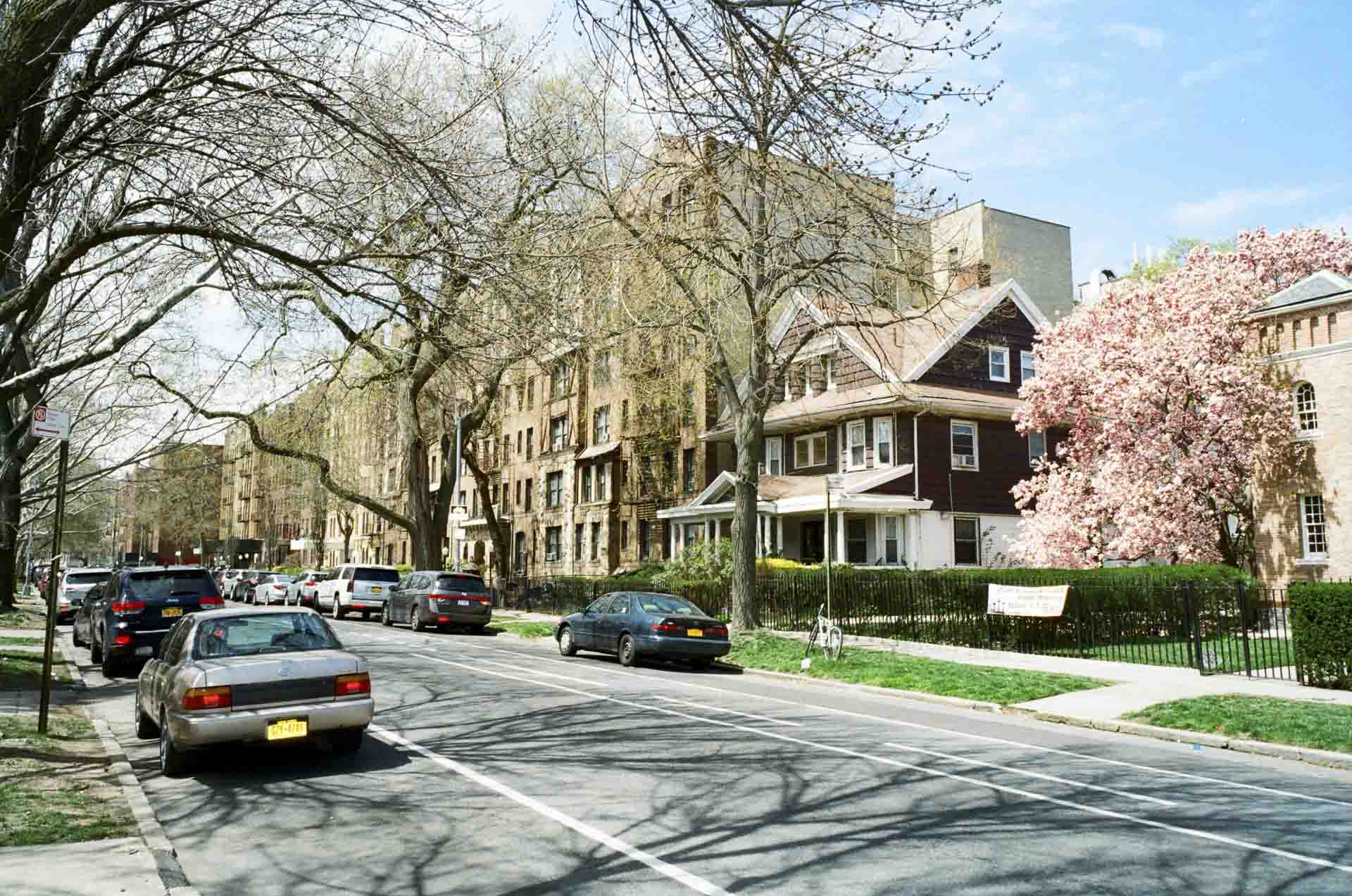
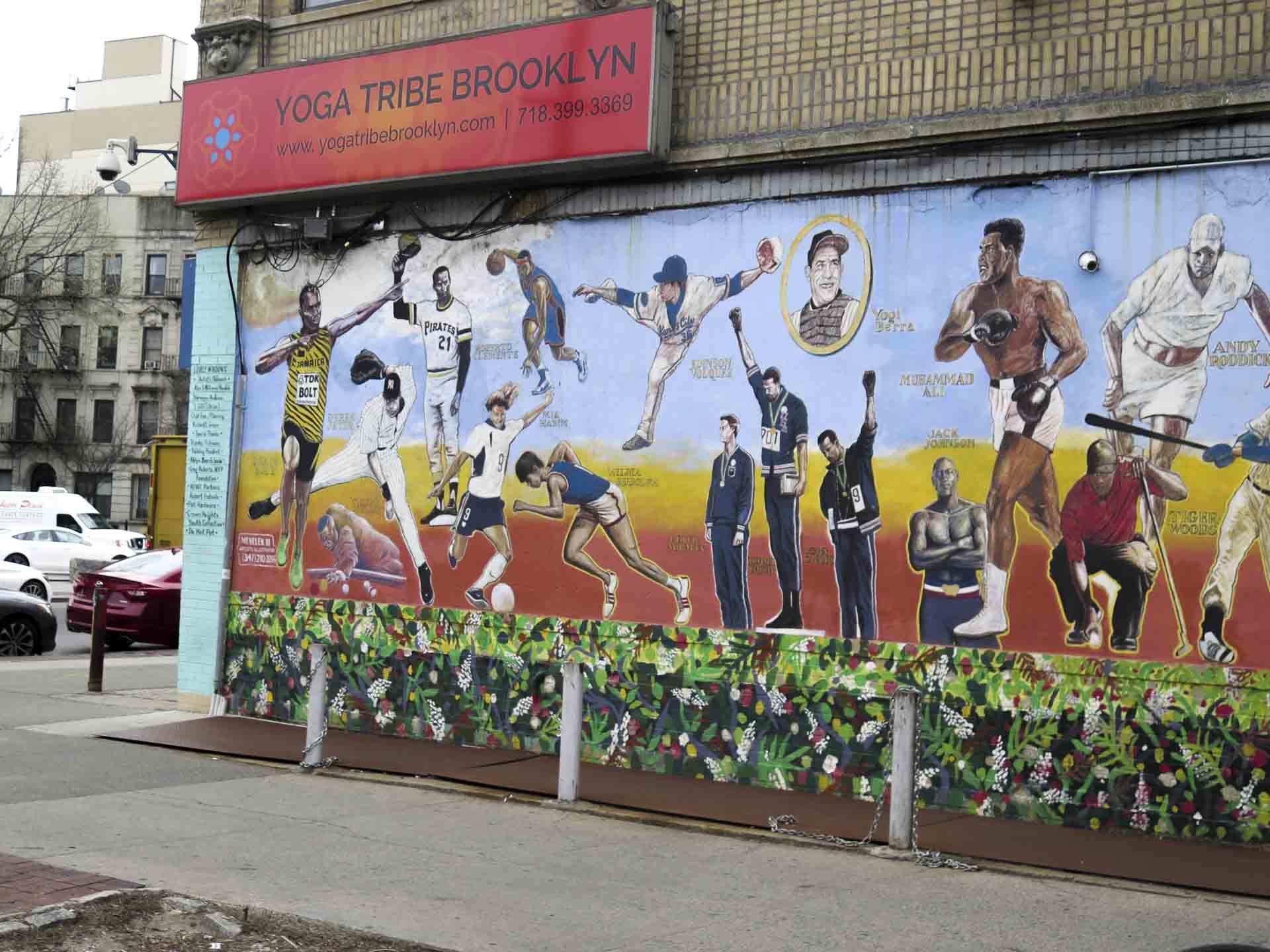
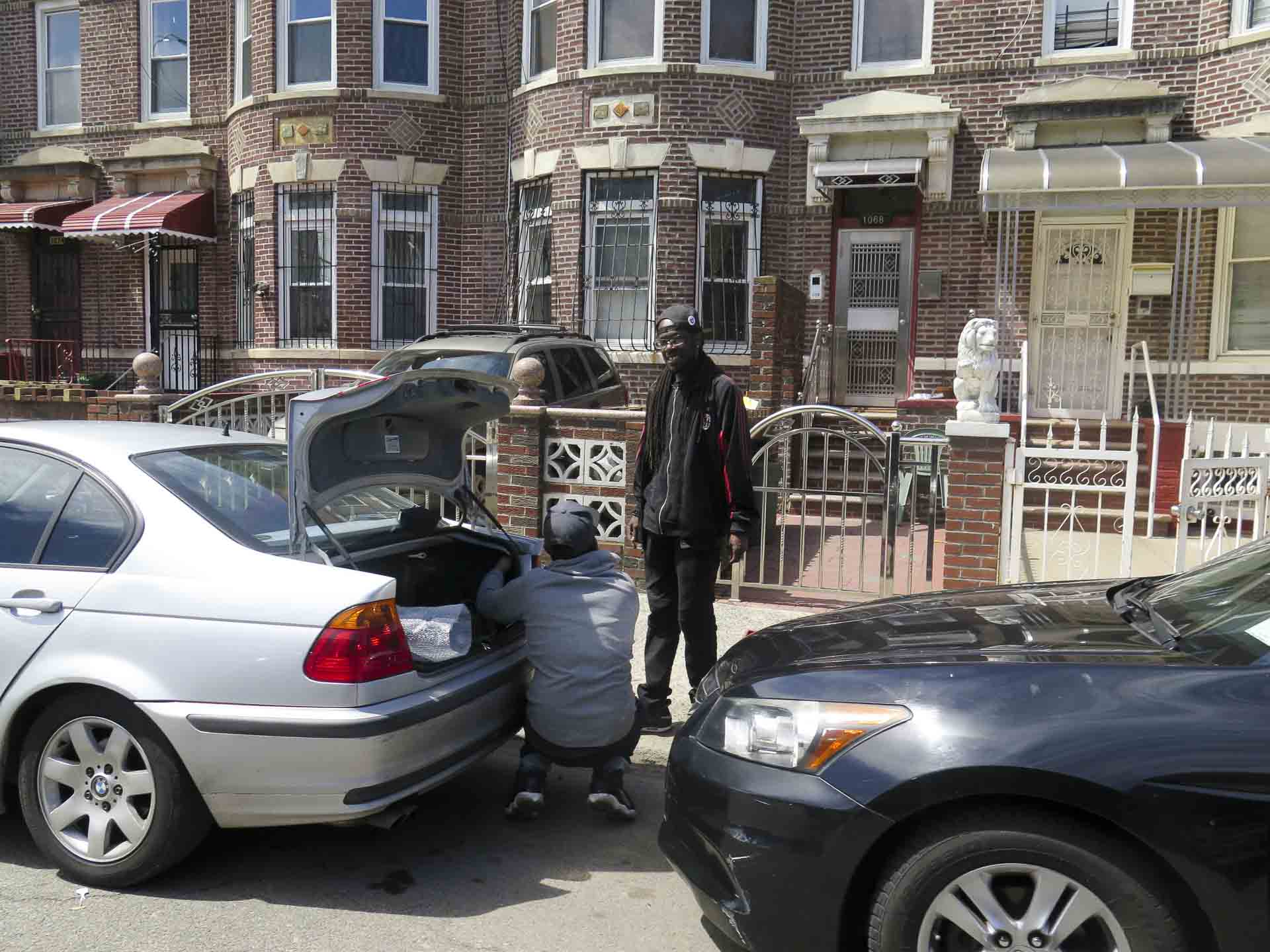
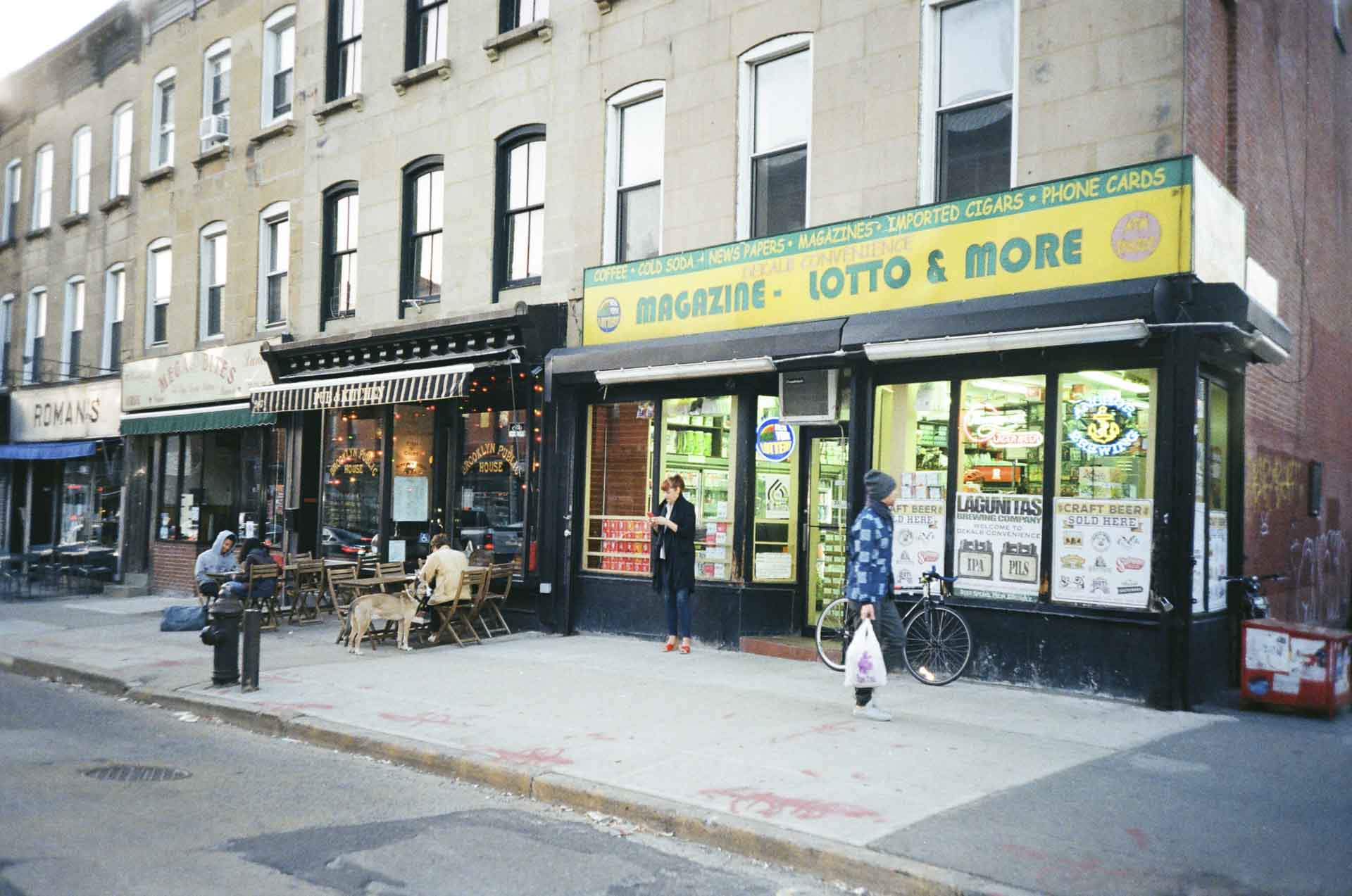
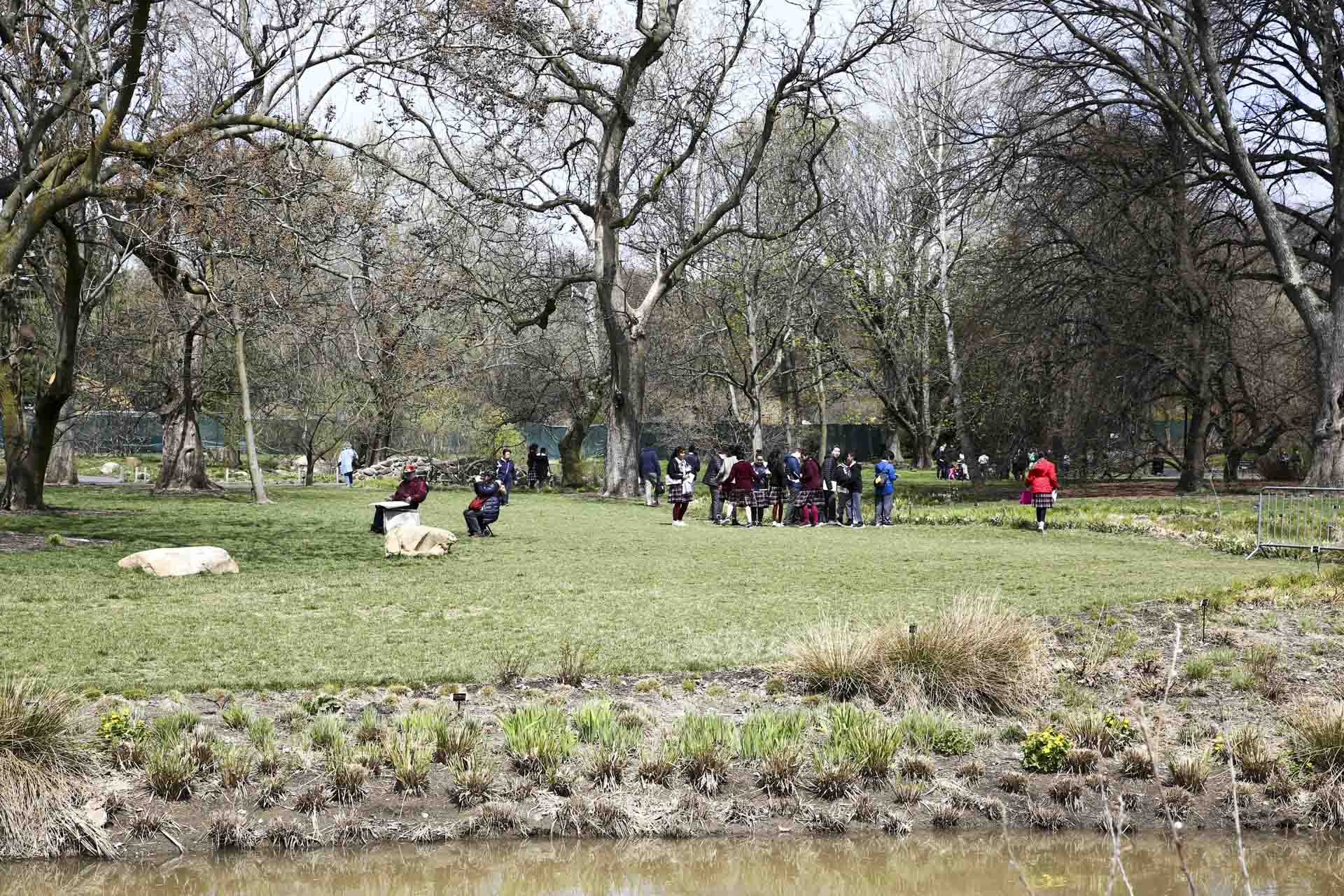
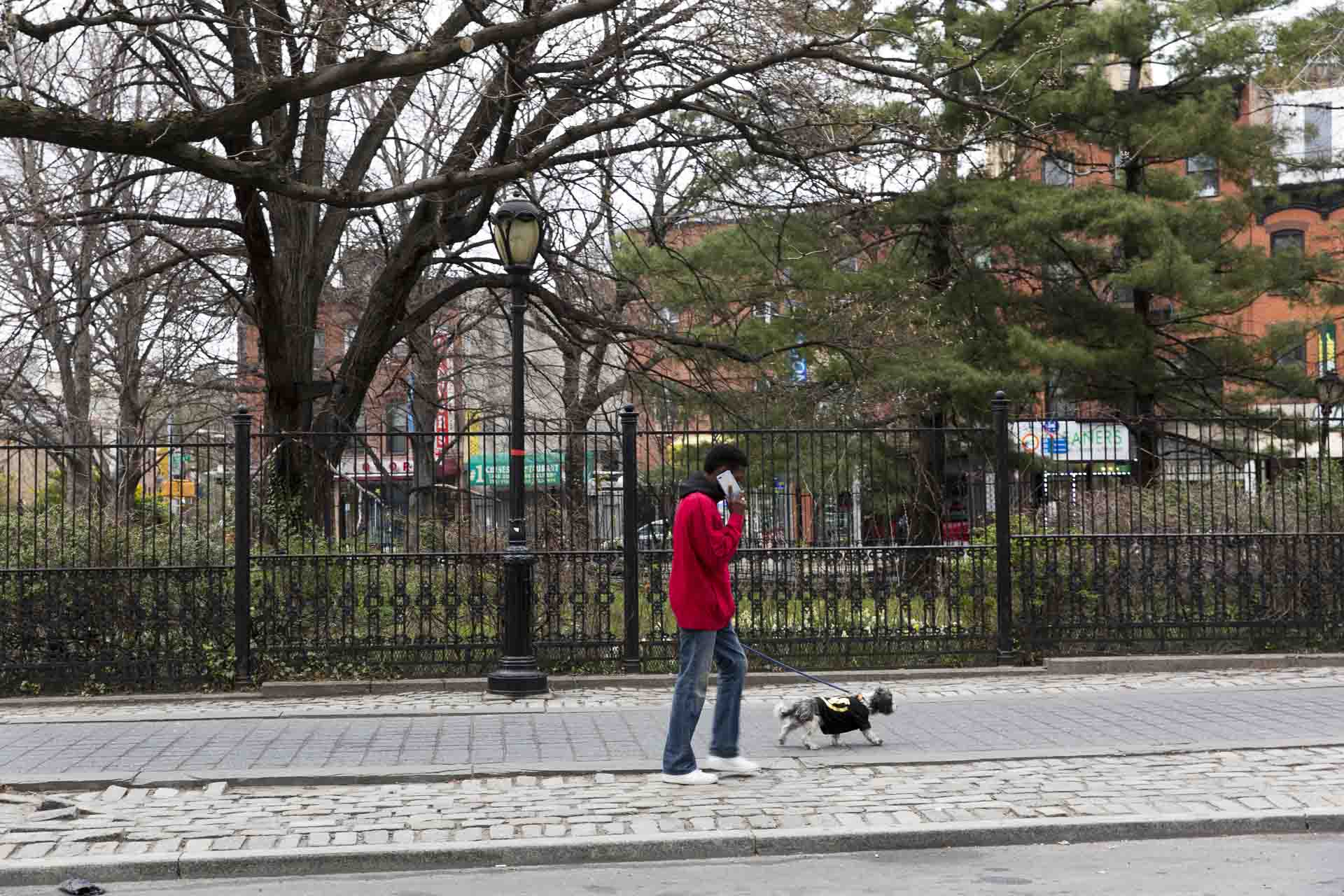
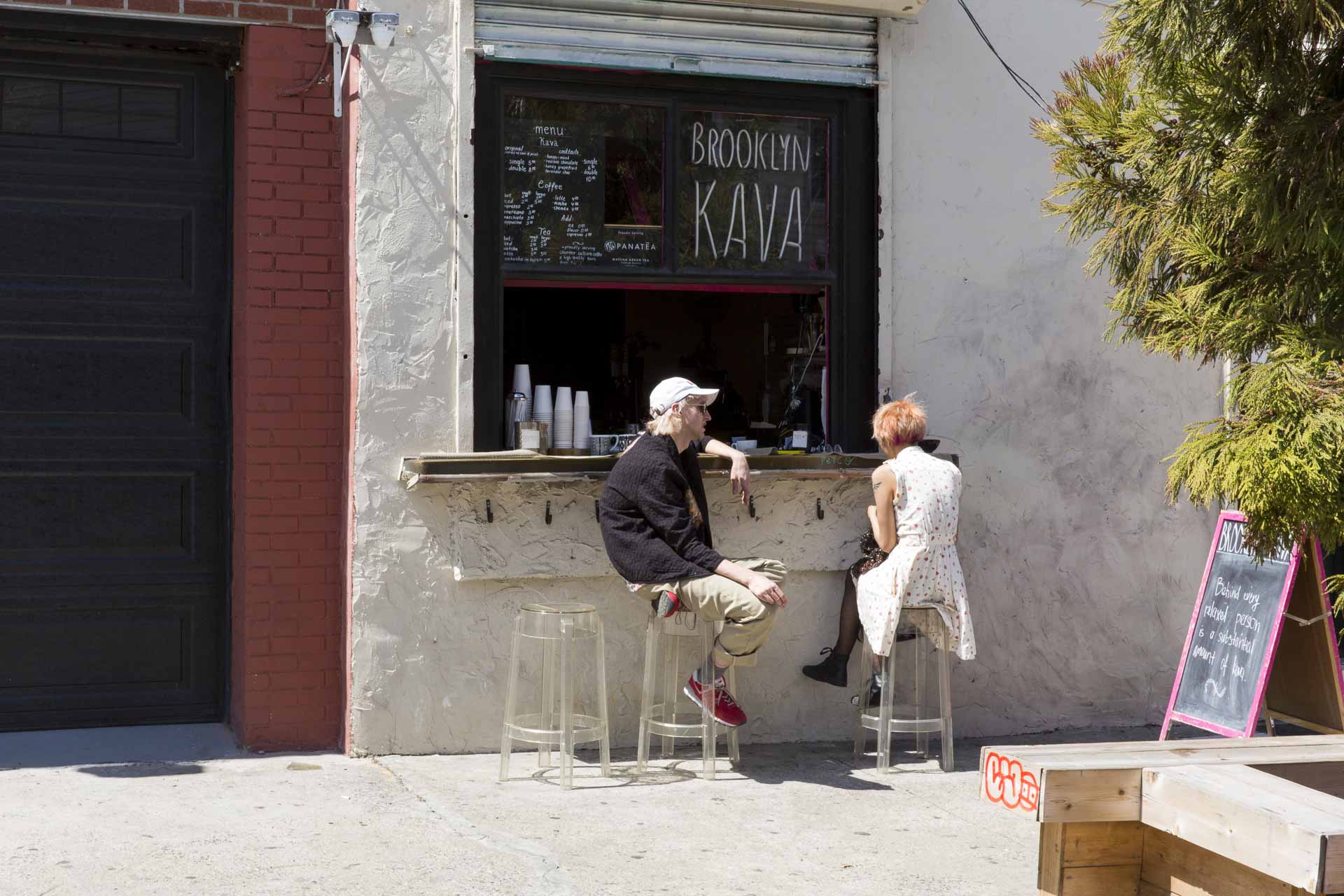
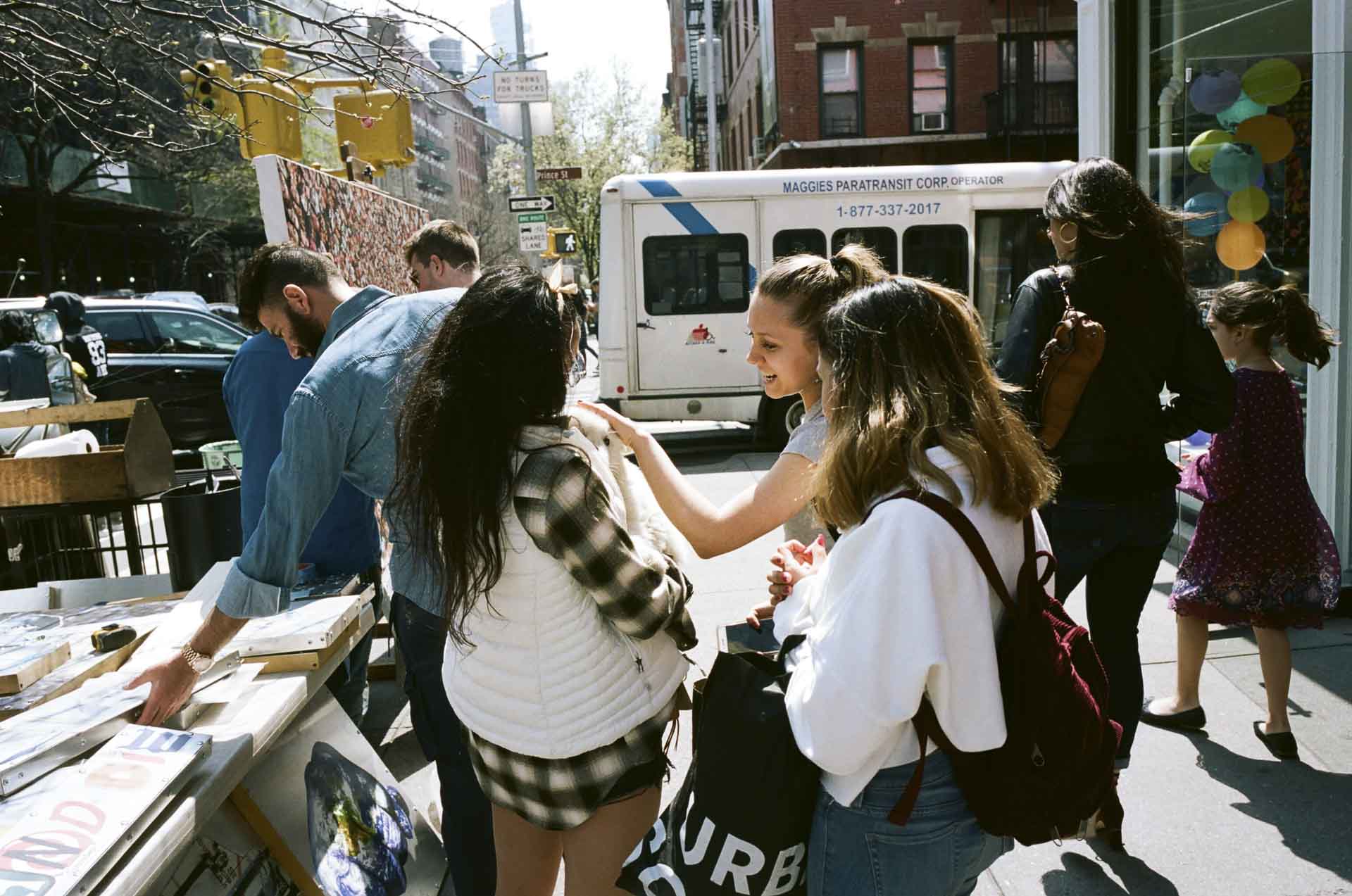
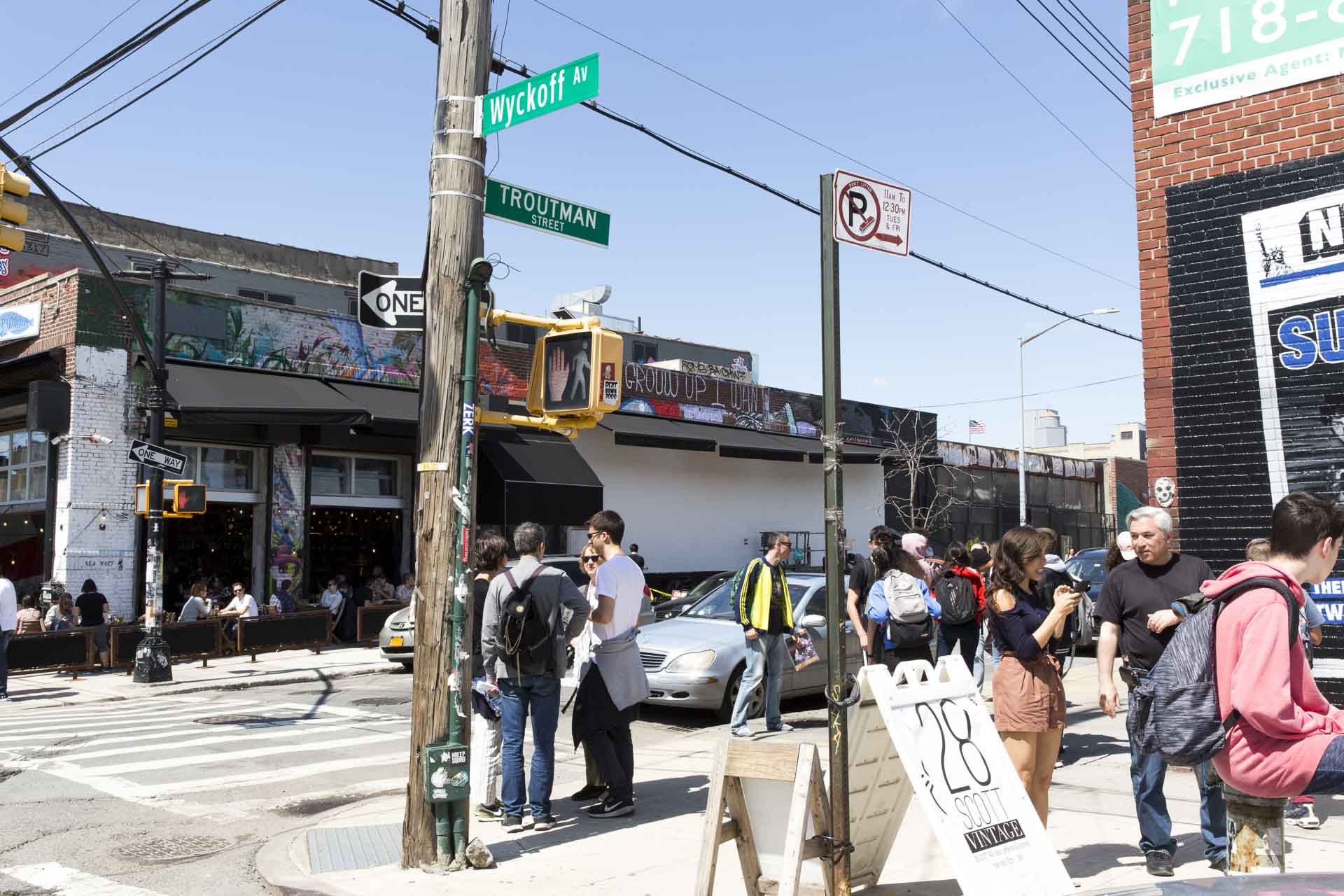
Threefold Magazine// Neighborhoods
Crown Heights
While every Brooklyn neighborhood has its own unique history, few are as interesting as Crown Heights. Situated in the heart of Brooklyn and bordered by Prospect Heights, Lefferts Garden, Clinton Hill, and Flatbush, this cultural melting pot has been forged by a variety of individuals from many different backgrounds. Crown Heights is a promising neighborhood that has been revived over the last couple of years. Easily one of Brooklyn’s overlooked hot spots that offer easy access to some of the community’s distinguished institutions like the Brooklyn Museum, the Brooklyn Botanic Garden, and home to the Brooklyn Children’s Museum. The neighborhood is the heart of Brooklyn’s Caribbean community and cultural art institutions. Adjacent to Eastern Parkway, which was inspired by the Avenue des Champs-Élyséesis in Paris, Crown Heights brings European architectural style to the streets of New York. Like many Brooklyn neighborhoods, Crown Heights is constantly reinventing itself. Every week a new restaurant opens its doors, a favorite bar becomes a blip on the radar and a trendy new shop opens for business. To get a feel for the energy in Crown Heights, take a walk down Franklin. This colorful avenue is bursting with new businesses, bars, and restaurants—most of them locally owned. Hit Chavela’s for their famous margaritas and brunch as well.
Clinton Hill
When it comes to Brooklyn neighborhoods, Clinton Hill plays crowd favorite. Also known as the neighborhood in transition, this eclectic, pedestrian-friendly hood has lately been giving off laid-back vibes. Situated north of Park Slope alongside Long Island University, Clinton Hill is celebrated for its diversity of people, restaurants, and activities. This easy-going neighborhood justifies its charming reputation. In recent years, the neighborhood has attracted many upper-middle-class professionals and young families looking for excellent education systems. Pratt Institute is the neighborhood’s centerpiece, with its greensward campus brick pathways braiding through a sculpture garden where you can find over 70 sculptures by artists like Richard Serra and Mark di Suvero. Clinton Hill is a desirable neighborhood due to its beautiful architecture and building style which includes brownstones, Italianate Mansions, and luxury condos. Not far away, huge brick relics of the Industrial Age have been reformatted into trendy lofts and apartments that offer affordable options for the student population. The urban landscape that surrounds the neighborhood consists of green gardens, chic cafes, fine dining, boutique shops, art galleries and farmers markets. One thing you’re sure to find in Clinton Hill is an approachable sense of personality. Sidewalk cafes prefer handwritten chalk signs to blazing neon lights, bicyclists casually pedal down beautiful streetscapes, and affordability meets accessibility in a place that feels artsy and cool, without trying too hard.
Flatbush-Ditmas Park
Welcome to the trendiest neighborhood in Brooklyn. When you arrive in Flatbush, it’s pretty easy to forget all of your worries. Brooklyn’s Flatbush neighborhood is a humble residential area. Located along the southern border of Prospect Park, this modest location represents an eclectic blend of cultures, cuisines, and architecture. The neighborhood encompasses the area from Parkside Avenue on the north to Avenue H on the south, with Coney Island and New York avenues marking its western and eastern borders. The area is its own melting pot of ethnicities, with a mix of West Indian, Russian, and Pakistani residents. Flatbush, also known as Flatbush-Ditmas Park, is home to some amazing architecture. Residential neighborhoods filled with both luxury apartment buildings and beautiful Victorian style homes, open porches and massive sycamore trees. With a recent influx of young residents and auspicious artists, Flatbush has become a neighborhood unlike any other in NYC. Flatbush-Ditmas is home to landmarks like the Flatbush Reformed Church, whose current building was constructed in the late 18th century, and The extravagant Kings Theatre, a late-1920s movie palace that was recently restored and seats more than 3,000 for its concerts and events. At the heart of the neighborhood lies Cortelyou Road, the main business district. There you can discover exclusive bars, local delis, coffee shops and upscale restaurants. Both Sycamore and The farm on Adderley are local favorites here if you’re looking for cold brew and comfort food.
Prospect Heights
Prospect Heights is a neighborhood that offers a vibrant mix of old and new Brooklyn. You can walk down the street and see your neighbors every time you go to the grocery store. Adjacent to the 526-acre Prospect Park, this blossoming neighborhood’s boasts its cultural crown jewels: the Brooklyn Museum, the Botanic Gardens, the colossal central branch of the Brooklyn Public Library, and Barclays Center—home of basketball’s Brooklyn Nets. Minutes away at Prospect Park, you can choose from activities like ice skating during the winter and paddle boating in the summer. The proximity to the park is what makes Prospect Heights one of New York City’s hidden gems. Prospect Heights is a promising neighborhood filled with multi-family homes and generously sized condos that make any house a home. The plethora of single-family buildings and brownstones has made Prospect Heights a prime residential property hub, especially for late-career professionals looking to settle down. Long known as an epicenter of racial and social convergence: Italian, Jewish, Irish, and Greek residents populated the first row houses in the early 1900s, while Hasidic Jewish and Caribbean residents ventured into the area from the 1960s onward. Today, second- and third-generation residents and small business owners keep the neighborhood contributions as immersive as ever. Named as one of the top 10 up-and-coming neighborhoods in New York City in 2018, Prospect Heights is seeing a surge of interest, growing prices, and a flow of new development all over the community. The neighborhood is home to countless restaurants, bars, cafes, and boutiques that furnish a distinctly “come as you are” Brooklyn vibe.
Prospect Lefferts Garden
“Brooklyn’s best-kept secret”. Prospect Lefferts Garden is a residential neighborhood that combines beauty and diversity. The neighborhood is a peaceful, family-friendly neighborhood full of historically elegant brownstones and beautifully landscaped front yards. Thanks to the Q train, Prospect Lefferts Gardens is just a quick ride into Manhattan, making it an ideal spot for commuters who are looking for a quiet place to come home to after a long day in the city. Caribbean flavors and picturesque townhouses illustrate this easily accessible Brooklyn neighborhood. PLG is recognized for being situated on the grounds of Lefferts Manor, its closeness to Prospect Park and its approximal location to the Brooklyn Botanic Garden. The cozy neighborhood has access to many subway lines and transportation, yet is still separated from the hustle and bustle of the city. PLG’s residents enjoy the neighborhood’s convenience to downtown Brooklyn and Manhattan. You will find subway stops for three express trains. There are a large number of Indian bakeries and eateries, as well as some newcomers, like the Flatbush Zombie House tiki bar, farm-to-table restaurant Honey Badger, and Italian pizzeria Camillo. A charming neighborhood that is perfect for any lifestyle, Prospect Lefferts Garden is an up-and-coming surprise to all.
Bedford-Stuyvesant
An attractive, dynamic neighborhood full of historic architecture and greenery focalize in this well-connected cultural hub. Bedford-Stuyvesant, popularly known as Bed-Stuy, is located in central Brooklyn alongside the equally trendy Williamsburg and a 25 minute trip into Midtown by subway. Spanning seven avenues, the vibrant neighborhood of Bedford-Stuyvesant is home to a diverse group of people who care deeply about keeping this developing neighborhood’s cultural history intact. A community that boasts both immaculate brownstones and shabby storefronts, Bed-Stuy residents share their streets with lively characters and young hipsters. In the 1930s and 40s, African Americans living in Harlem also migrated to Bed-Stuy seeking to purchase homes. Actually, this is how the classic American jazz standard “Take the A Train” got its name. Home to one of the city’s oldest and largest black communities, Bed-Stuy is a neighborhood rich in culture, pride, and history which is what makes it such a tight-knit community dedicated to their community. You can find public schools, charter schools, and private schools all over Bed-Stuy. Till this day, you can still find old-school block parties, street art and famous spots where Jay Z and Notorious B.I.G. first dreamt of fame. Block associations here are important to the residents, and the warmer months mean dozens of lively block parties and street festivals. Bed-Stuy is the perfect place for people looking for a piece of Brooklyn to call their own.
Park Slope
If you ask Brooklynites what a classic Brooklyn neighborhood is, most likely all who answer will mention Park Slope. Bordered by Boerum Hill to the west, Prospect Heights to the north, Greenwood Cemetery to the south, and Prospect Park to the east, Park Slope is one of Brooklyn’s largest and most diverse neighborhoods. The families and residents that share Park Slope are savvy and eco-friendly dwellers with a refined neighborly appreciation. The neighborhood is home to several major subway stations including Atlantic Avenue-Barclays Center, 7th Avenue, Bergen Street and Grand Army Plaza. Easily accessible and self-sufficient, Park Slope’s main avenues are filled with boutiques, restaurants, and bars serving a crowd that expects nothing less than the crème de la crème. The best feature of the neighborhood is its vicinity to Prospect Park. The public park was designed by the same architects as Manhattan’s Central Park, Frederick Law Olmsted, and Calvert B. Vaux. For kids and families, there are amenities like the Prospect Park Zoo, the Prospect Park Carousel and horseback riding at Kensington Stables. In addition to these attractions, the park offers stunning open fields, running and biking paths, as well as countless spots to stop and have a picnic or barbecue. Take a stroll through one of the Park Slope’s bustling retail passageways of 5th, 6th, and 7th Avenues, and you’ll see for yourself why New York Magazine crowned Park Slope the number one neighborhood in all of NY. Park Slope offers attractive, tree-lined streets accented by stunning architecture, an outstanding public school system, parks and a profusion of eateries.
Bushwick
This determined, unfiltered neighborhood tells the New York story through rich immigrant history, art, and bodegas. A popular hipster enclave in deep Brooklyn, Bushwick combines a thriving art, restaurant and bar scene with an older, more rooted Hispanic culture. Bushwick is the second best neighborhood in the country for cool things — which include bikeability, festivals and local taxes. Bushwick lies within the borders of Brooklyn Community District 4, which is defined by Flushing Avenue, Broadway, the Queens border and the Evergreen Cemetery. Kindness and compassion can take you far, especially in Bushwick where truly diverse crowds with different expectations and interests live side by side. Bushwick is a perfect place for those seeking unconventional living spaces: The housing market is full of converted lofts in old factories, most of the time with considerable access to outdoor space. A new bar or a coffee shop opens every week in Bushwick. If the bush had a middle name, it would be “New Bar.” Empty walls have been alluring the greatest names of street art nationally as well as internationally for several years now by artists like Banksy, Shepard Fairey, ROA, and Veng. From around the 1890s to 1915, Brooklyn was the beer capital of America. That led to the creation of “Brewers’ Row” along Bushwick Avenue, where many of the brewery owners and other industry moguls built large homes. In the avenues of Bushwick you’ll find various art galleries, boutiques, restaurants, and bars largely because of the proximity of the L train. The L train runs along Wyckoff Avenue and to 14th Street in Manhattan, which take about 30 minutes. For food and entertainment under one roof, a 50-seat movie theater, bar and restaurant called Syndicated on Bogart Street. It is really easy to connect with people in this neighborhood, whether it is your retired lady neighbor or an attractive twenty-something in a bar. You will likely meet people who will totally inspire and energize you. Be whoever you want to be here as long as you’re honest, considerate, and kind.